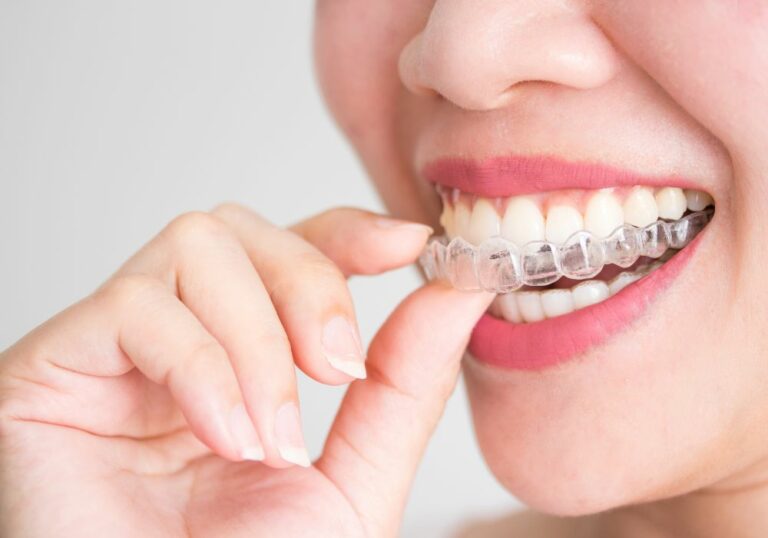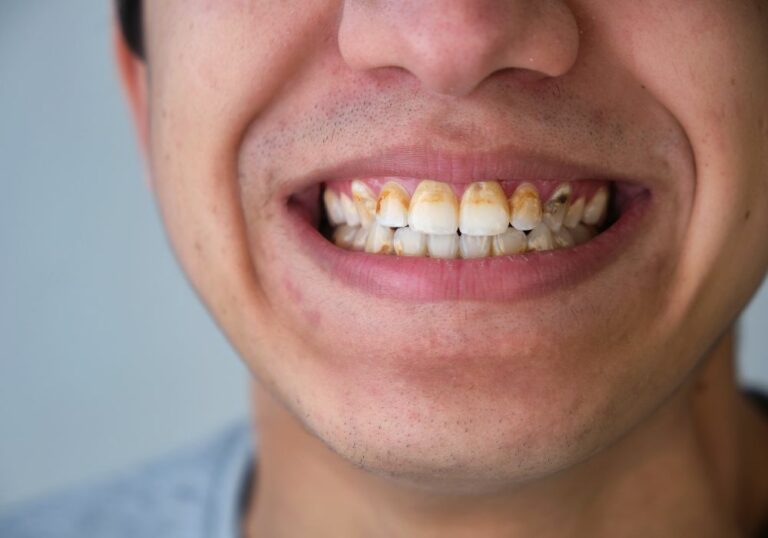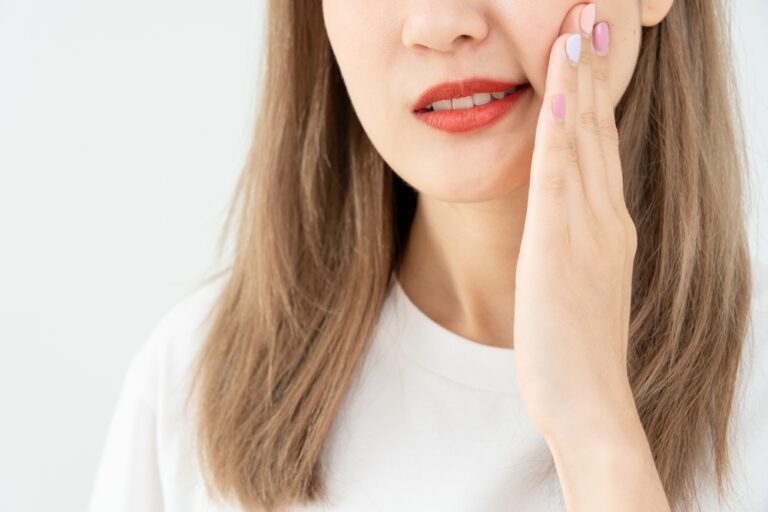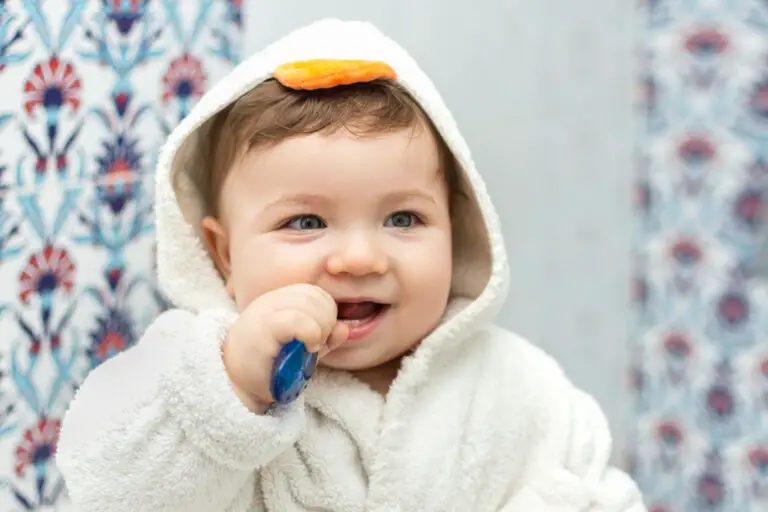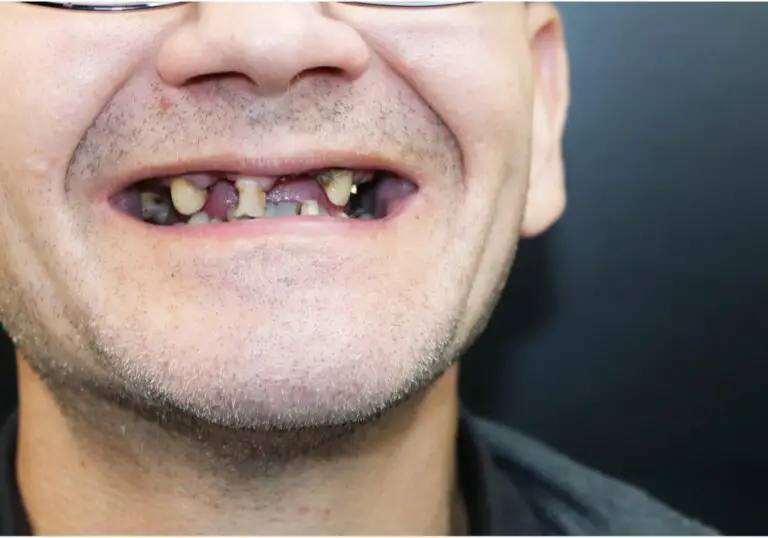Rodents comprise the largest group of mammals on Earth, with over 2,000 species including mice, rats, squirrels, porcupines, beavers, voles, lemmings, and many more. They inhabit every continent besides Antarctica and thrive in diverse environments from deserts to tropical forests.
One feature that unites rodents is their prominent long orange-colored incisor teeth that never stop growing. But why did rodents evolve these oddly pigmented gnawing tools? The orange enamel plays a crucial role in strengthening teeth to withstand endless growth and rigorous use chewing through tough materials. Its color even supports rodent social behaviors. Understanding the physiology behind rodent ever-growing orange incisors provides fascinating insights into evolutionary adaptations. It may also inspire innovative solutions for improving human oral health.
Anatomy of Rodent Incisors
Rodent incisors are specialized for gnawing and chewing abrasive foods. They have distinct anatomical features that underlie their perpetual growth and orange coloration.
Inner Pulp Chamber
The inner pulp cavity extends through the core of the tooth root up into the crown. It harbors blood vessels, nerves, and connective tissue that nourish the tooth cells to stimulate constant growth. The pulp chamber volume relative to overall tooth size is much more expansive in rodents compared to humans or other animals. This provides greater surface area for pulp tissue to deliver nutrients that drive rapid cell division and tooth renewal.
Dentin Composition
Dentin makes up the bulk of the tooth and contains microscopic tubules permeating through it. These tubules are channels that allow pulp tissue to extend processes into the dentin to deliver nutrients to the interior cells and remove waste. The extensive vascularization enables the inner dentin to remain metabolically active, producing new dentin continually.
Enamel Layer
A layer of very hard, dense enamel covers the dentin and forms the outer biting surface. In rodents, the enamel contains high levels of iron minerals that give it the characteristic orange hue. The enamel is thin on the backside of incisors but very thick on the front cutting edge. This provides a sharpened tip as the softer dentin wears faster than enamel.
In summary, rodent incisor anatomy supports continuous growth via the pulp tissue network, while the iron-rich enamel resists abrasion during gnawing to maintain a chisel-sharp edge.
The Continual Growth Mechanism
The teeth of most mammals, including humans, stop growing after reaching mature length. But rodent incisors grow perpetually throughout life, with some species averaging over 2 inches per year. Here’s an overview of how they achieve this:
Stem Cells in Pulp Tissue
The pulp tissue contains a population of stem cells capable of dividing and differentiating into new odontoblast cells. Odontoblasts form new dentin so are key for driving tooth growth. Rodents have a higher density of stem cells compared to other mammals.
Rapid Cell Division
The stem cells divide frequently, stimulated by growth factors in the pulp tissue. This generates extra odontoblasts that then produce new tubular dentin continually, extending the tooth root.
Abrasion Triggers Growth
As the rodent gnaws, the incisor tips wear down from friction. This abrasion removes the enamel layer exposing the dentin underneath. The odontoblasts detect this and ramp up production of new dentin to push the exposed dentin forward.
Balanced Growth and Wear
The rate of incisor growth through new dentin formation stays slightly ahead of the rate of wear at the tip. This creates a dynamic equilibrium that maintains the sharp enamel edge as the teeth grow perpetually.
In summary, proliferative stem cells, rapid division, and a wear-triggered renewal mechanism enable rodent incisors to grow continuously throughout life.
The Purpose of the Orange Enamel
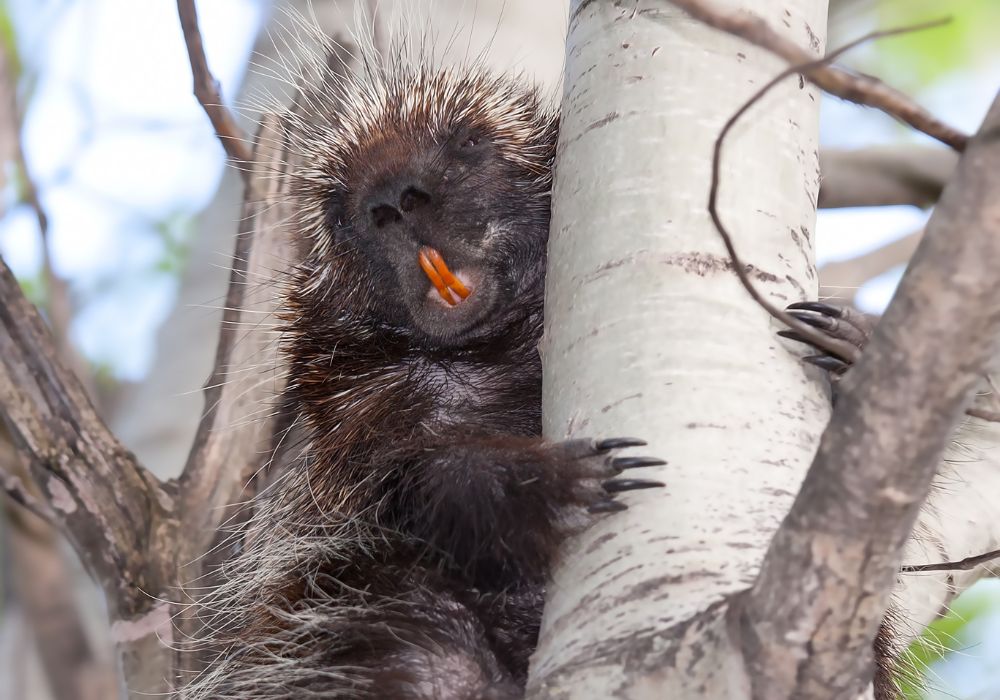
Gnawing through abrasive foods and other materials applies incredible mechanical stress on rodent incisors. The orange-hued enamel layer fortifies teeth to withstand these forces in several key ways:
1. Strengthens Against Fracture
The high mineral content of rodent enamel makes it the hardest tissue in mammal bodies. But the exceptional hardness comes at the cost of brittleness. The integrated iron minerals reinforce enamel to resist cracking and fracturing that could destroy teeth.
2. Adds Wear Resistance
The iron compounds bolster enamel hardness and durability so it maintains thickness when contacting tough foods. This prevents excess wearing that would rapidly expose the softer inner dentin.
3. Withstands Stress of Perpetual Growth
The constant renewal of dentin pushes incisors forward placing strain on teeth. Iron mineralization helps enamel remain intact despite this heavy growth pressure that could potentially cause teeth to crack.
4. Protects Against Abrasion of Dentin
As soft dentin wears faster than enamel, the enamel must withstand abrasion to prevent abnormal exposure of dentin which accelerates wear. The iron fortifies enamel for this protective role.
In summary, the orange pigments bolster enamel hardness and strength to protect rodent teeth from the extreme forces of gnawing, perpetual growth, and abrasion.
Dietary Origins of Tooth Iron
The iron that gives rodent incisors their color does not spontaneously generate in teeth. It ultimately gets absorbed from the diet. Here is an overview of how iron travels from foods into enamel:
1. Iron in Foods
Many rodent foods naturally contain iron including nuts, fungi, eggs, insects, seeds, plant matter like bark and leaves, and mineral-rich soils. Rodents ingest a significant iron load from normal feeding. The amount varies by food type and species habits.
2. Digestion and Absorption
When iron-containing foods are digested, some iron gets absorbed through the intestinal wall into blood circulation. The quantity absorbed depends on iron transporter levels in the gut. Species with higher iron requirements absorb more.
3. Transport in Blood
The blood protein transferrin binds and carries iron safely to tissues needing it, without toxicity. The liver removes iron from transferrin for storage and redistribution.
4. Deposition into Enamel
Specialized cells called ameloblasts take up iron from blood and deposit it into developing enamel. This occurs as the incisors initially form before eruption into the mouth cavity.
5. Maturation of Pigment
The orange color intensifies over weeks as the enamel matures and hardens. Iron integration continues after eruption too but is most robust during initial enamel production.
In summary, rodents obtain iron from their normal diets, absorb it into the bloodstream, transport it enamel-forming cells, and deposit it into the enamel matrix developing below the gums, conferring an orange hue.
Color Variation Between Species
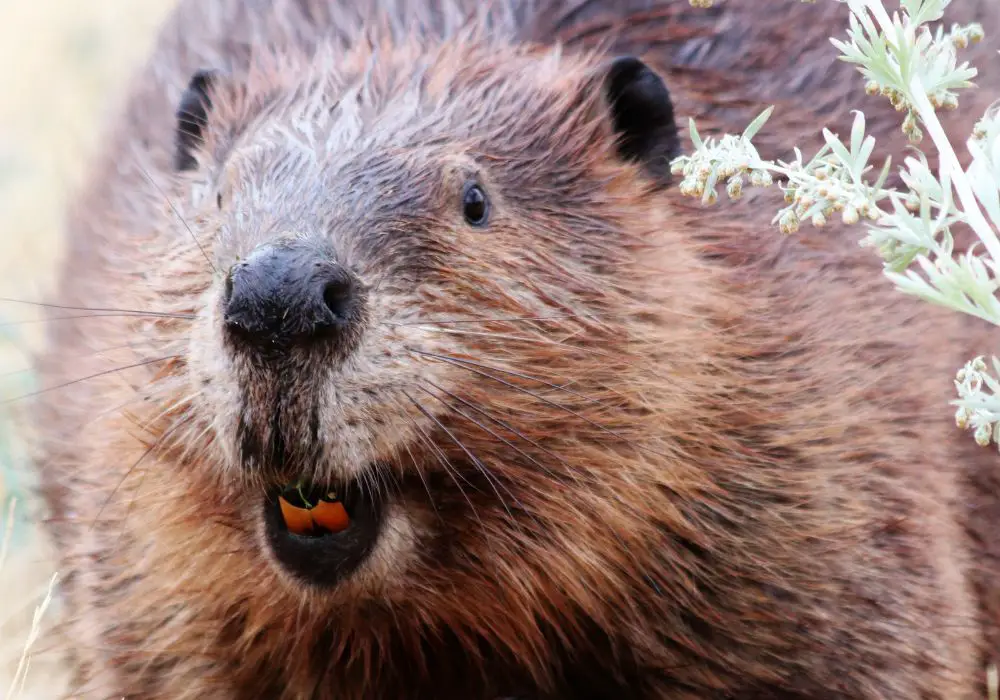
While all rodent incisors are orange, the exact shade can range from light yellow to deep reddish-orange depending on the species. Here are examples of how tooth color varies:
Rats and Mice
Rats and mice tend to have yellower, pale orange incisors. Their seed and grain diet is lower in iron than other rodents. Younger individuals also have less enamel mineralization.
Squirrels
Tree squirrels have yellow-orange incisors, while ground squirrels are red-orange. Tree squirrels get more fungal and nut iron, while soil ingestion adds iron for ground squirrels.
Beavers
Beavers exhibit deep orange incisors due to substantial iron from their timber chewing habits. Iron may be selected for to strengthen enamel against wood fractures.
Porcupines
Porcupines have the most intensely colored teeth, appearing dark red-orange. This results from high iron assimilation to reinforce enamel for their bark and plant gnawing diets.
In summary, while all rodent incisors are orange, the exact hue varies between species based on dietary iron content interacting with their specific feeding ecology and needs.
Changes in Color With Age
The intensity of orange coloration changes over a rodent’s lifetime as mineralization progresses:
Newborn
Baby rodents are born with completely unpigmented white teeth as enamel maturation is incomplete.
Juvenile Stage
As iron incorporation continues, orange gradually develops in young juveniles. The color is lighter compared to adults.
Prime Adulthood
Mature adults exhibit the richest, most vibrant orange shade as enamel reaches full hardness and mineralization.
Old Age
In senior rodents, the orange intensity diminishes as enamel thins and wears over time with use. The color may also fade.
In summary, rodent incisor color follows a general trend of increasing orange intensity through adolescence and prime adulthood, followed by fading with advanced age as enamel integrity declines. However, exact timing varies by species longevity.
Impacts on Behavior and Communication
The bright orange hue of rodent incisors serves not just mechanical purposes but may also facilitate social behaviors. Here are some of the ways tooth color influences rodent interactions and communication:
Species Recognition
The unique orange coloration helps rodents quickly identify their own species when encountering each other at close range. This aids social monitoring.
Dominance Displays
During conflicts, rodents will deliberately expose their orange incisors to appear more threatening to opponents. The visual contrast makes teeth look larger.
Mate Attraction
Some evidence suggests male rodents with richer orange incisors have higher mating success. Females may perceive color intensity as a sign of health or fitness.
Maturity and Quality Signal
Brighter, more saturated orange may signal older age, diet quality, or overall robustness to potential mates or competitors.
In summary, beyond reinforcing teeth, the conspicuous orange color likely evolved to support visual communication and social dynamics between individual rodents. However, more research is still needed.
Human Applications and Future Directions
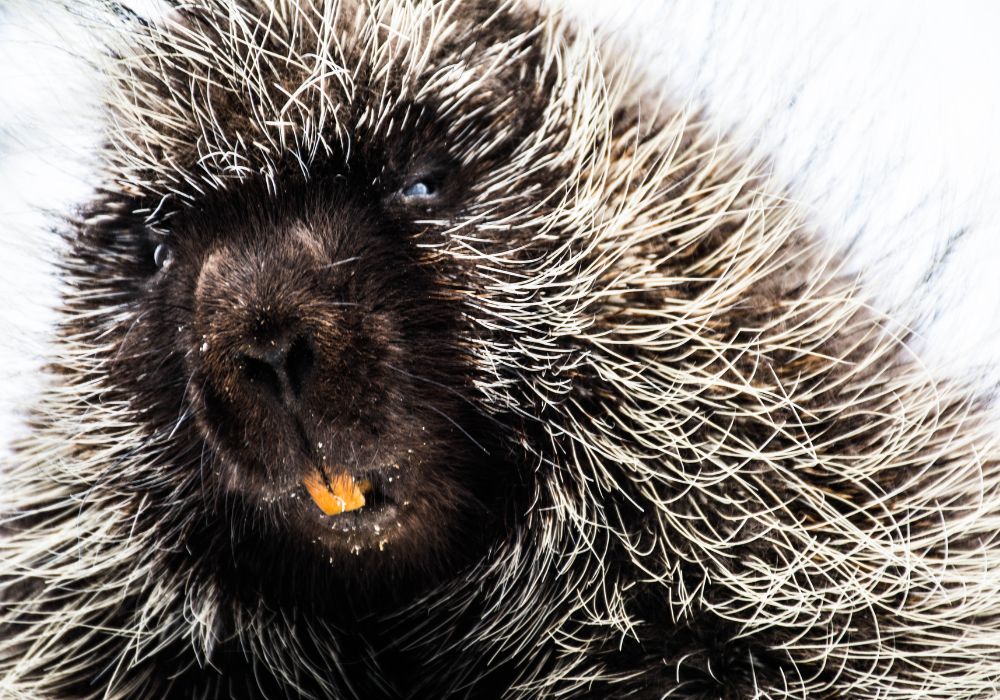
While rodent teeth differ vastly from human teeth, ongoing research on how they achieve perpetual regeneration and extreme hardness still has many promising clinical applications:
Tooth Renewal
Investigating the pulp stem cells, signaling pathways, and cell dynamics that enable rodent teeth to continually regrow can provide insights to stimulate natural tooth renewal or regeneration after injury in humans.
Enamel Enhancements
Incorporating supplemental iron into human enamel development could potentially increase enamel hardness and resistance to acidic wear or mechanical abrasion.
Tooth Discoloration Therapy
Studying the mechanisms rodents use to control orange enamel coloration could inspire novel methods to prevent tooth discoloration and enable teeth whitening treatments.
Dental Materials Optimization
The super-hardness and fracture toughness of rodent enamel can guide engineering of improved dental crown, filling, and implant materials that better withstand chewing forces.
In summary, orange rodent teeth hold many secrets that may translate into innovative future dental treatments and materials to improve human oral health and longevity.
Frequently Asked Questions
Why are my pet hamster’s teeth orange?
Like all rodents, hamsters integrate high iron levels into their incisor enamel to increase hardness and durability. Their seed diet provides iron used to generate the orange color. Individual variation and age also affect the shade.
Do old mice have orange teeth too?
Yes, aged mice maintain orange incisors since they grow perpetually throughout life. However, the color may fade or take on a more yellowish tint with advanced age as enamel integrity and thickness slowly diminishes over time.
Why do porcupines and beavers have such bright orange teeth?
Porcupines and beavers have richly pigmented orange teeth due their diets very high in iron from gnawing wood and tree bark. The intense mineralization reinforces enamel to prevent fracturing and abrasion when chewing the hard, tough materials.
Can I brush or bleach my pet rat’s teeth to clean them?
You should not attempt to clean or bleach a pet rat’s orange teeth. The color results from natural iron embedded in the enamel so cannot be changed. Their teeth also clean themselves through normal gnawing. Let them maintain their crucial orange hue.
Will pet store rodents eventually get the orange color?
Young rodents sold as pets often still have growing unpigmented teeth. With time, a rich orange hue will develop as their diet provides iron that gets deposited into the enamel to mineralize and harden the teeth as they mature.
Conclusion
While peculiar and even comical looking, the energetic orange incisors of rodents serve critically important roles in strengthening teeth for perpetual growth and intense gnawing that underlie their evolutionary success. This is achieved via intense iron mineralization of enamel during formation, creating a formidable cutting and chewing tool. Ongoing research continues unraveling the secrets behind how rodents develop such uniquely durable teeth in hopes of one day applying the lessons to improve human dental health. So the next time you see a rodent’s bright orange teeth, appreciate they represent an elegant evolutionary solution for ideal adaptation.

